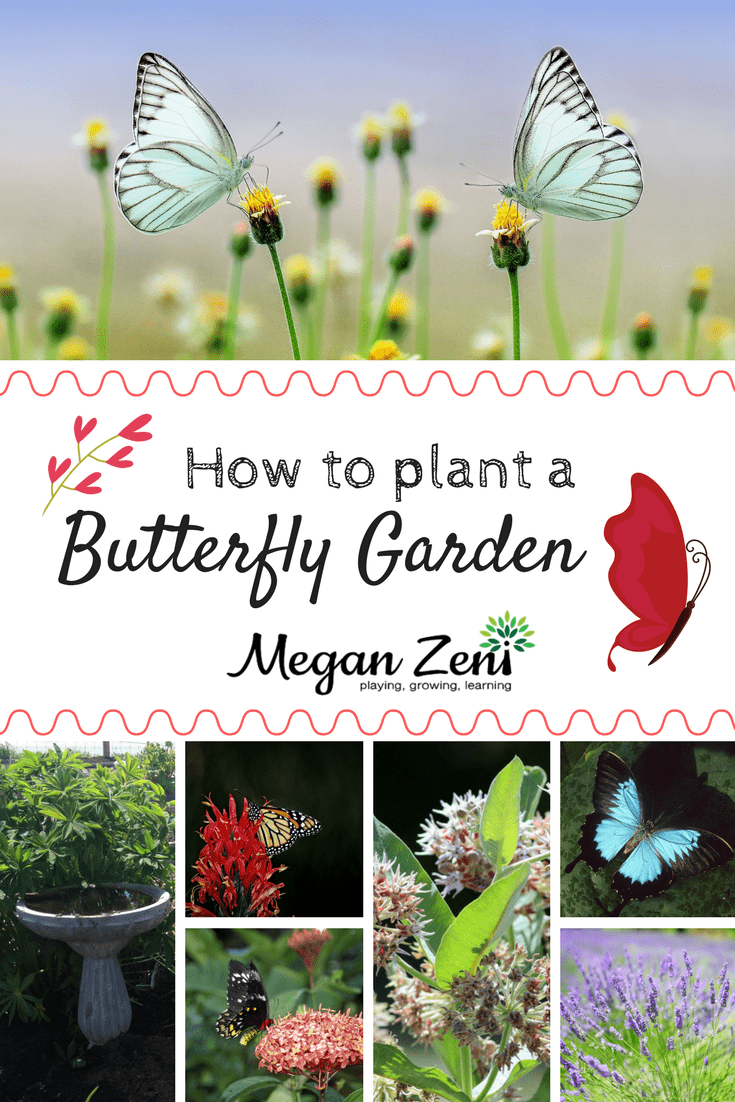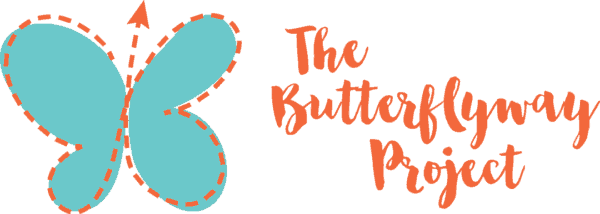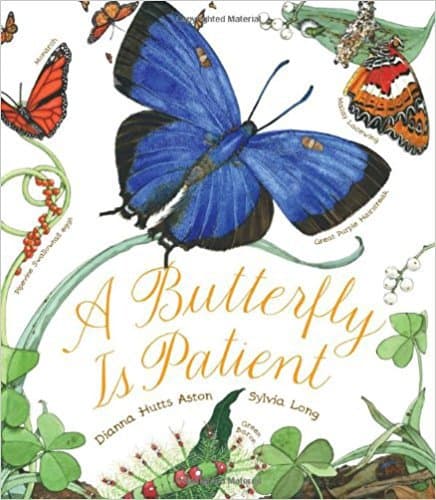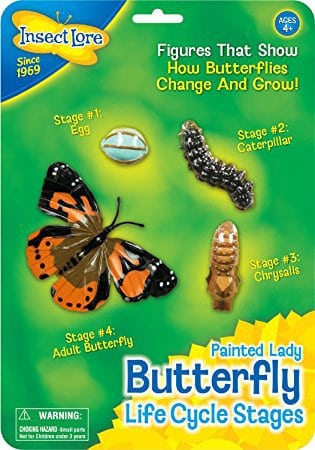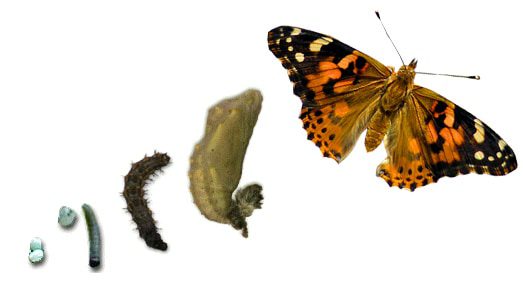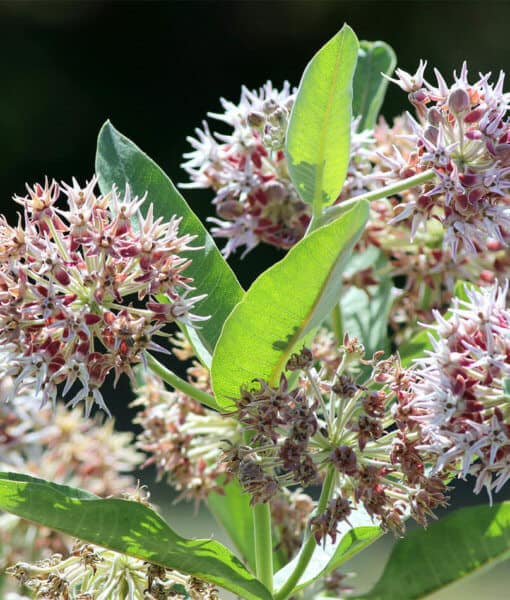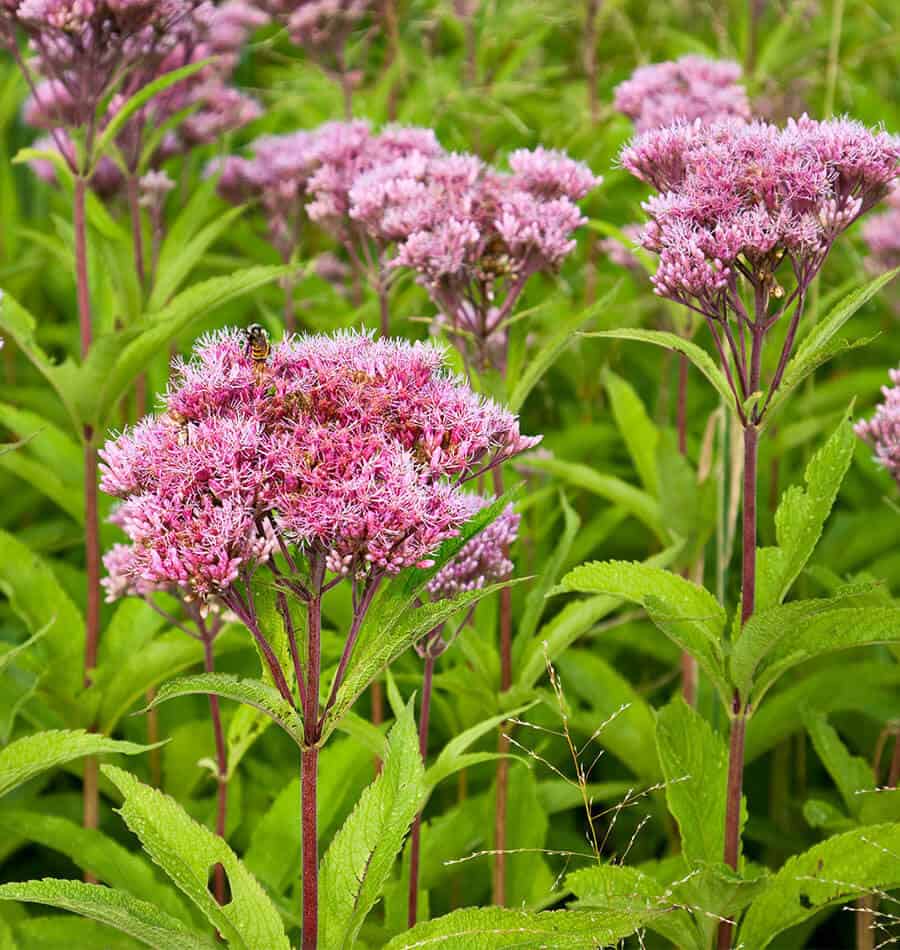- filed under: Pollinator Gardens, School Garden Basics, Seasonal Outdoor Learning
How To Plant A Butterfly Garden
Butterfly gardens are rich in educational opportunities and aesthetic functionality. Depending on where you live, you can attract and support butterfly migration corridors with selected plantings and carefully designed garden beds. Connecting with a larger organization, like the David Suzuki Butterflyway Project, can help you select plantings appropriate for your climate and local butterfly species.
The first step in planting a butterfly garden with children is to understand their role as pollinators in the garden. There are many resources available to help children understand the needs of butterflies throughout their life cycle.
Here are some recommended books and resources you might enjoy.
A Butterfly is Patient by by Dianna Aston
In The Butterfly Garden by Phillipe Ug
National Geographic Readers: Caterpillar to Butterfly by Laura Marsh
From Caterpillar To Butterfly by Deborah Heiligman
Butterfly Life Cycle
The butterfly life cycle is one of the most familiar metamorphic life cycles for children and butterfly season in BC is short. Butterflies are generally spotted in BC gardens from May to October. I just love these life cycle models shown in the image below. They are perfect for observation, wonder and small world butterfly play.
Give a caterpillar enough time and she’ll no longer be a leaf munching garden pest, but rather a beautiful pollinating garden friend.
Butterflies are an excellent lesson in patience and time!
If you want to observe the butterfly life cycle up close, you can order Painted Lady Butterfly Kits of various sizes that include the food, supplies and larvae necessary from Boreal Science across Canada & the continental US.
In British Columbia, my Kindergarten colleagues tell me the following sources are also reliable:
If you are going to order a kit and raise butterflies in your classroom, you’ll want a suitable habitat to release them into when they are grown. Butterflies have specific plants that make their survival precarious in urban centres.
Support butterfly migration corridors in coastal British Columbia. Plantings and resources.
1. Showy Milkweed
Monarch butterflies, in particular, have a specific need for milkweed foliage as a food source. There are a variety of opinions and conflicting information about milkweed in British Columbia.
In my experience, milkweed does not grow as easily as the invasive species experts will caution. There are several species, with showy milkweed (Asclepias speciosa) being the species most invasive experts sound the alarm on.
It has a rhizomatous root system, which can make for an aggressive plant spread once established.
Therefore, an abundance of caution would recommend planting it in containers to avoid problems in later years.
That said, I’ve not had much luck getting showy milkweed to establish itself in our coastal school garden. We’ll keep trying because showy milkweed is a necessary plant in any butterfly way as the primary source of food for monarch caterpillars.
Over many years, Milkweed has been widely eradicated due to its toxic effect on livestock. Only when the consequences of such mass eradication on biodiversity were fully understood, did an effort to restore milkweed begin.
The David Suzuki Foundation is working hard to restore milkweed plantings with their ‘Got Milkweed?’ campaign. You can read more about these efforts here. For a science curricular link, showy milkweed is an excellent example of plant adaptation, evolution and interdependence in the garden! (Milkweed is essential to monarch caterpillars because it contains toxins that make the butterfly distasteful to predators, which in turn protects the monarch, but makes butterfly predators ill.)
2. Plants For Butterfly Gardens
Butterflies prefer habitats with full sun exposure. In coastal British Columbia Western Monarch Butterflies are a rare sight in gardens since showy milkweed is not common in urban centres. There are, however, many other nectar rich plant choices that will attract and support butterfly life in your garden.
Aim to have a variety of bloom times in your butterfly garden so there is always a source of food for migrating butterflies. Many plants that seem like an easy choice, like Butterfly Bush, are on the invasive species list in BC so caution is advised when planting these species.
And finally, here is a list of other plants that butterflies will be attracted to and feed on.
3. The David Suzuki Butterfly Way
Our school garden is proud to be part of the David Suzuki Butterfly Way. I encourage you to consider developing a space for butterfly migration inquiry with your students, and problem solve ways the school can contribute to urban butterfly corridors!
Butterfly Garden Additions
Butterflies require a water source, so a simple dish or bird bath in your garden is a helpful addition. Butterflies also enjoy sunning themselves on smooth, large rocks, so their addition with sun exposure is also appreciated by our pollinating friends.
Cross-Curricular Butterfly Activities
Follow this link to my related post on butterfly inspired STEAM activities!
**Please note that this post contains affiliate links. If you purchase anything I may receive a small commission to keep this blog going. Here’s a link to the affiliate disclosure policy.
Join me on Pinterest
Want more ideas on how to garden with kids? Come join on Pinterest:

